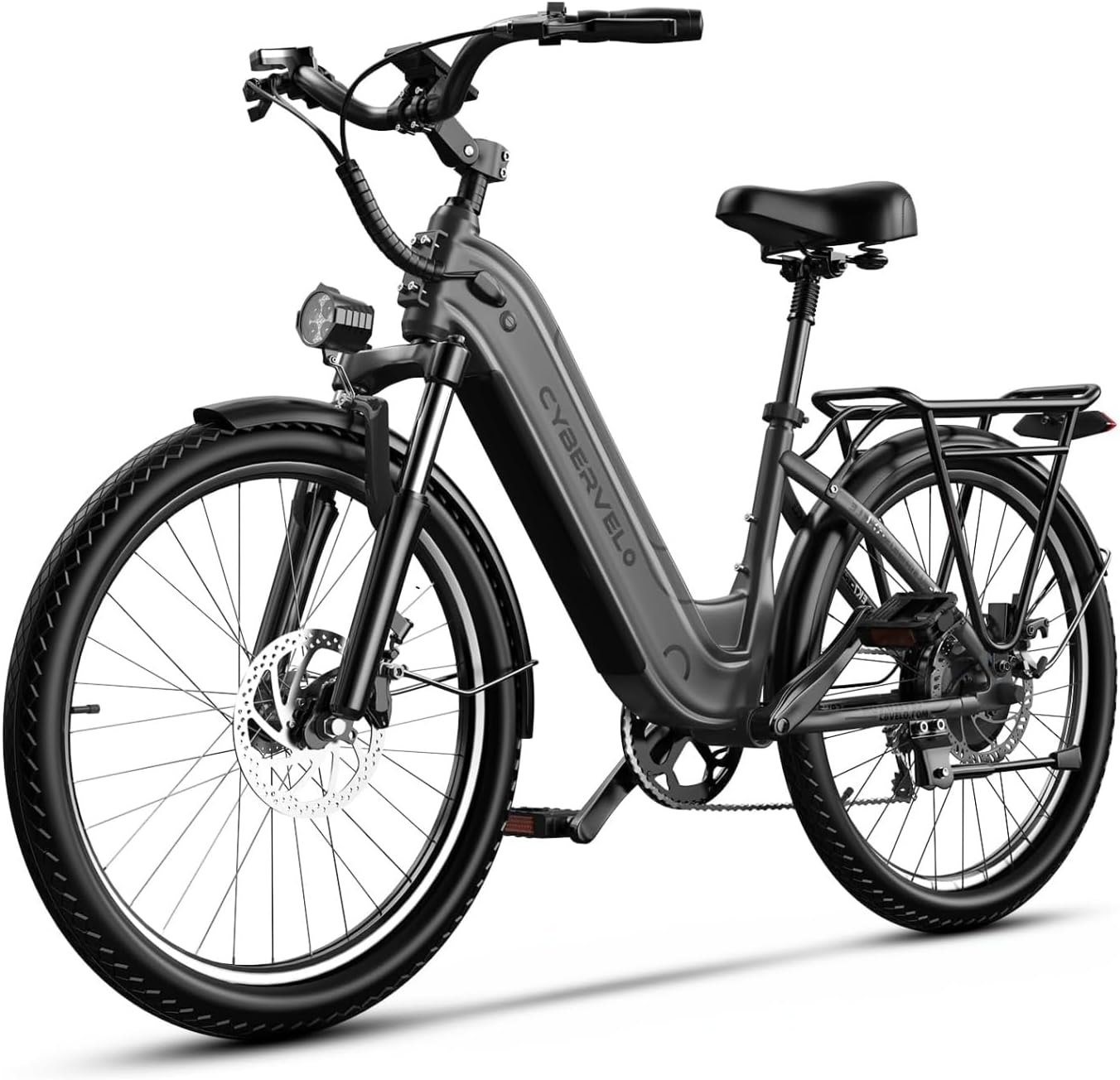eBike vs Traditional Bike: Making the Right Choice

Comprehensive comparison between electric and traditional bikes to help you make an informed decision for your cycling needs.
Choosing between an electric bike and a traditional bike depends on your specific needs, budget, and cycling goals. Both have their unique advantages and considerations that make them suitable for different riders and situations.
Cost Comparison
Traditional bikes have a lower upfront cost, but eBikes can provide better value over time for certain use cases, especially for commuting and longer rides.
- Traditional Bikes: Lower initial investment, minimal maintenance costs
- eBikes: Higher upfront cost, but potential savings on transportation
- Long-term: eBikes may save money if replacing car trips
Performance and Range
eBikes excel in extending your range and reducing fatigue, making longer commutes and challenging terrain more accessible. Traditional bikes offer unlimited range but require more physical effort.
Fitness Benefits
Both types of bikes provide excellent exercise opportunities. Traditional bikes offer more intense workouts, while eBikes encourage more frequent riding and longer distances, potentially leading to more overall activity.
Maintenance Requirements
Traditional bikes are simpler to maintain with fewer components that can fail. eBikes require additional care for electrical components and battery maintenance but offer more convenience features.
Making Your Decision
Consider your primary use case: daily commuting, recreational riding, fitness goals, and budget. eBikes are ideal for longer commutes, hilly terrain, or when you want cycling assistance. Traditional bikes are perfect for fitness-focused riding and simpler maintenance needs.
Explore Our eBikes
See why eBikes might be the right choice for you

YorkE 26" Electric Bike – Updated Version

ACTBEST Race Electric Bike for Adults

DAMSON Dual Motor 2000W Electric Bike for Adults

Funhang Electric Bike for Adults, 26'' 1000W Peak Ebike

Vivi Electric Bike for Adults 26" Folding Ebike


